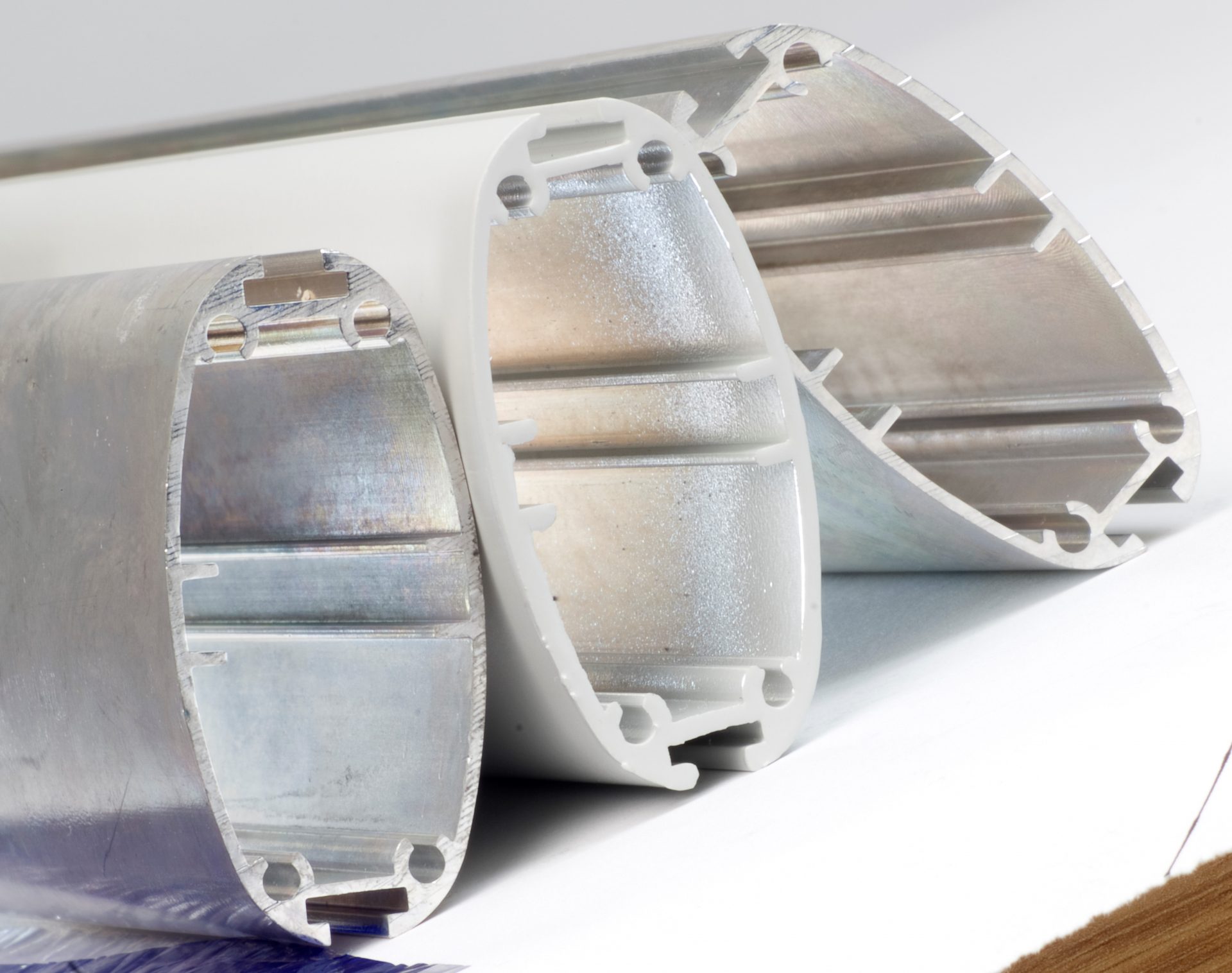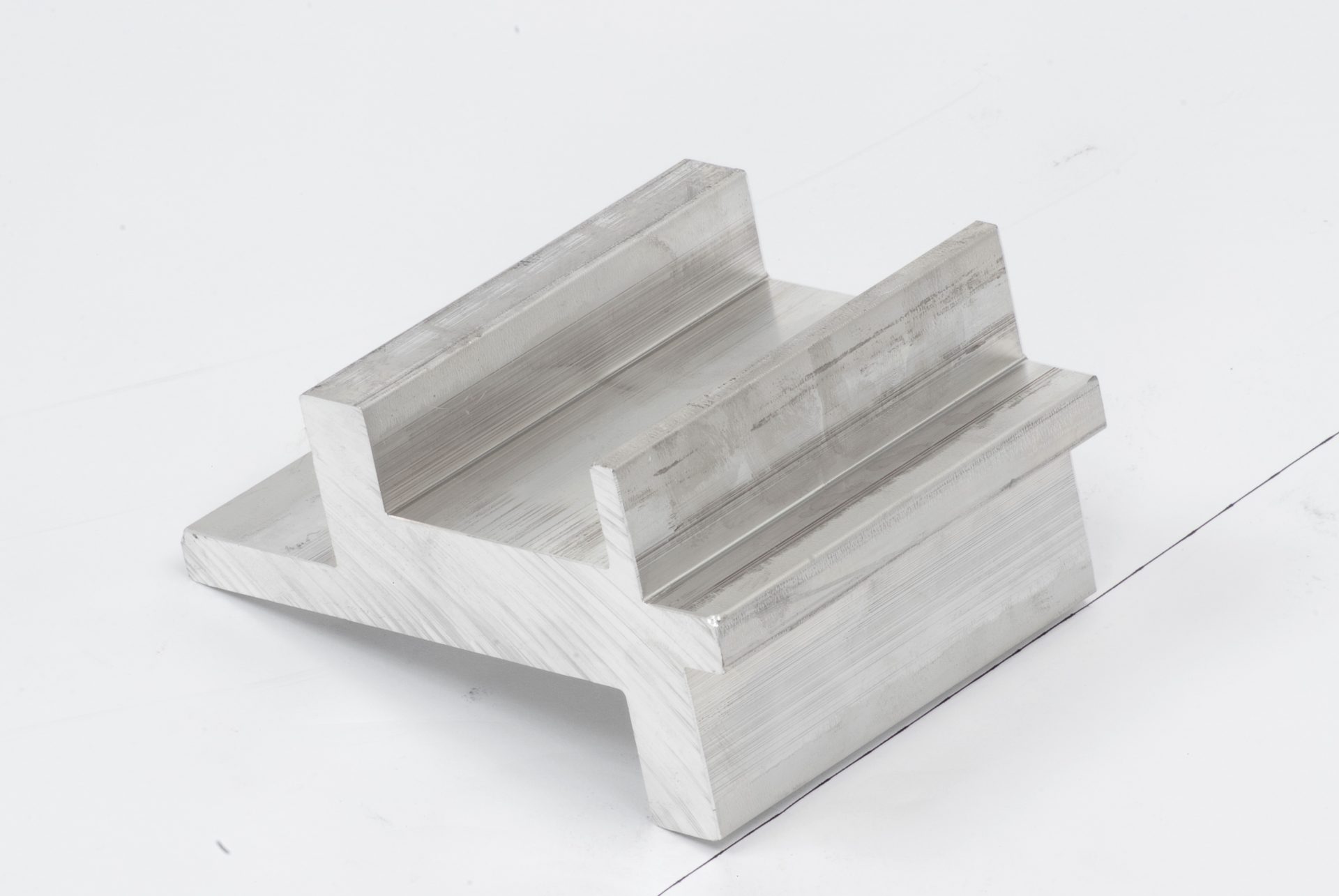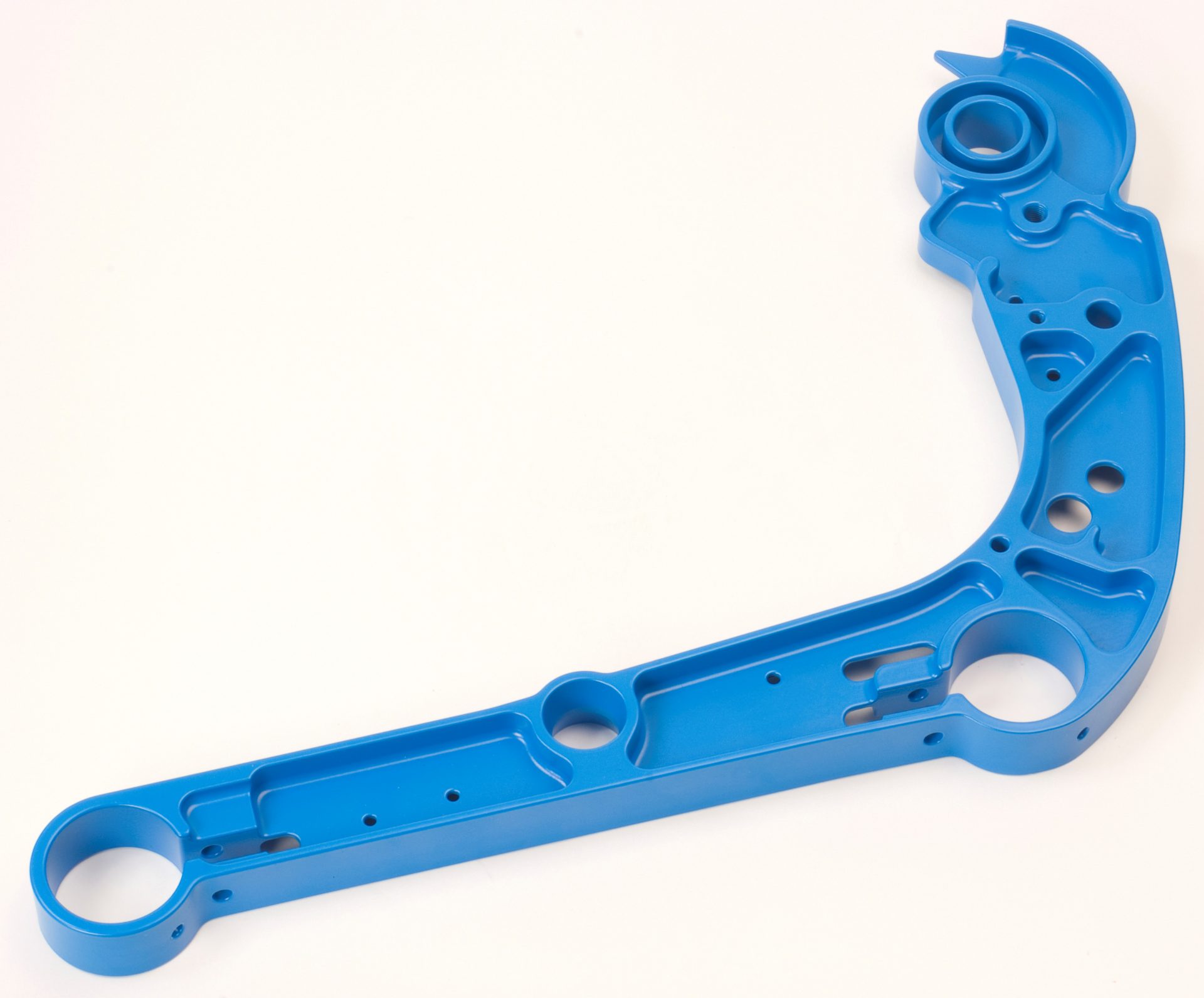Magnesium Alloys Protection & Surface Treatment
Just as steel will rust and copper will tarnish, so magnesium will acquire a surface coating of oxide.
The need for surface protection of magnesium alloys depends entirely on the conditions of service, and where these are known to be non-corrosive no protection may be necessary. The alloys are all very stable in normal atmospheres and can be used quite as freely as, for example, mild steel. Just as steel will rust and copper will tarnish, so magnesium will acquire a surface coating of oxide, but no corrosion will take place unless a definite corrosive factor is present.
Designing magnesium components to last
When magnesium alloys are used in contact with other metals greater care must be taken to see that wet or very humid conditions do not arise; or, if they cannot be avoided, that adequate steps are taken to ensure that they do not penetrate to the metal surface. Magnesium is anodic to other metals and so will be ‘sacrificed’ to the other metal to which it is attached when both are wetted with an electrolyte. When this happens, the other metal secures a degree of protection by sacrificing its partner. This effect, however, cannot occur at all in the absence of an electrolyte. Merely damp conditions alone are not sufficient to cause any appreciable degree of galvanic corrosion. This is an important point which is often overlooked, and the danger is in consequence greatly exaggerated. The real danger lies not so much in the bi-metal union as in the persistent wetting of such a union, and persistent wetting is undesirable even in the absence of a bi-metal union.


Untreated magnesium has a lower corrosion rate in an industrial atmosphere than mild steel
The practical aspect of the protection of magnesium alloys, in severe conditions especially, is very closely bound up on one hand with design and on the other with assembly. Schemes that are otherwise good may miscarry for lack of thought at the design stage or because of faulty or careless assembly. In general, the corrosive substances to be avoided are aqueous solutions of salts and acids. They may be derived from salt spray or from industrial gases such as sulphur dioxide. Most of the impurities in the atmosphere which lead to the corrosion and rotting of structural iron and steel will also attack magnesium, though sulphur gases are less damaging than chlorides. In a similar way corrosive conditions to be avoided are the wetting, and especially the persistent wetting, of the metal surface by such solutions as those described above. They may take the form of rain, seawater splashes, condensate from the cooling of highly humid atmospheres and the like. If these can be kept in check, little trouble will result.
Minimising damage to magnesium alloy parts
Corrosive influences are those factors which affect the behaviour of the metal in its environment. For example, lack of ventilation, by preventing evaporation of condensed water, may make all the difference in the situation. With free evaporation little or no corrosion will occur, whereas in the continued presence of moisture corrosion may be severe. In the same way the accumulation of water in an undrained recess may bring about significant corrosion, whereas little or none would have occurred if the water had been free to drain away. Hairline fissures between mating surfaces, which by capillary action attract and retain films of moisture also come into this category.


